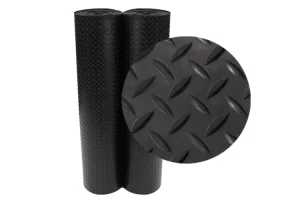Introduction of the flashlight
A flashlight, also known as a torch, is a portable handheld device that emits light. It is a crucial tool in various situations, including emergencies, outdoor adventures, and indoor activities. Flashlights come in different sizes, shapes, and designs, and they use various power sources, including batteries, solar energy, and more.
The history of the flashlight dates back to the early19th century when the first electric battery was invented. However, it was not until the late19th century that the first practical flashlight was developed. The first flashlights were bulky, heavy, and used large batteries, making them difficult to carry around.
Today, flashlights are small, lightweight, and easy to carry, making them a popular tool in everyday life. They are made using various materials, including plastic, metal, and rubber. Some flashlights are designed for specific purposes, such as hunting, camping, and diving.

Olight flashlights are known for their high-quality construction, innovative features, and superior performance. These flashlights are designed to meet the needs of a wide range of users, from outdoor enthusiasts to law enforcement officers and military personnel.
Olight flashlights are also designed with a range of innovative features that make them easy to use and highly functional. These features include rechargeable batteries, multiple brightness settings, strobe modes, and programmable memory functions. Some models even feature built-in charging ports, allowing users to recharge their flashlights on the go.
Flashlights use different types of bulbs to emit light. Incandescent bulbs, which are used in traditional flashlights, emit light by heating a filament inside the bulb until it glows. However, they are not very efficient and have a short lifespan. LED bulbs, on the other hand, are more efficient, brighter, and last longer. They also use less energy, making them more cost-effective.

Flashlights also have different power sources. The most common power source is batteries, which can be either disposable or rechargeable. Some flashlights also use solar panels to recharge the batteries, making them an eco-friendly option. There are also hand-cranked flashlights that generate power by being manually turned.
Flashlights have different beam patterns, including spot and flood. Spot beams are narrow and focused, while flood beams are wide and diffuse. Some flashlights also have adjustable beams, allowing users to switch between different beam patterns.
In conclusion, flashlights are a vital tool in various situations. They come in different sizes, shapes, and designs, and they use different power sources and bulbs to emit light. Flashlights provide a reliable source of light, making them an essential tool for emergencies, outdoor adventures, and indoor activities. With technology constantly evolving, the future of flashlights is bright, and we can expect more advanced and sophisticated designs to emerge in the coming years.







